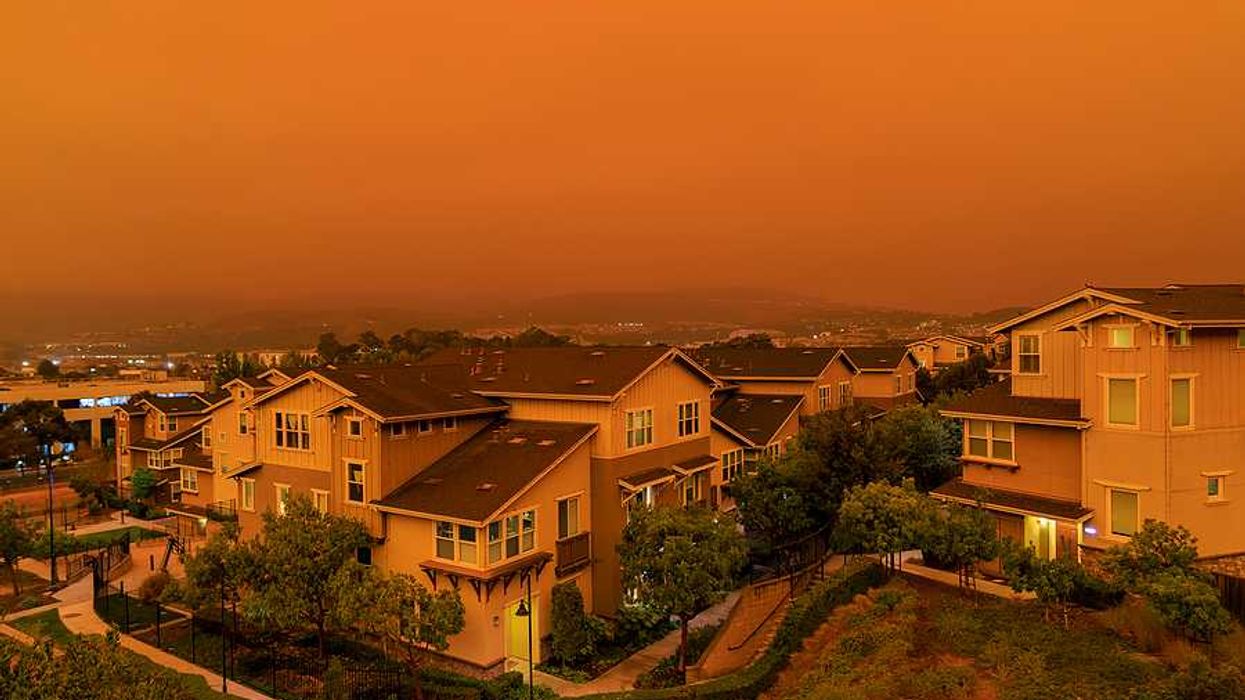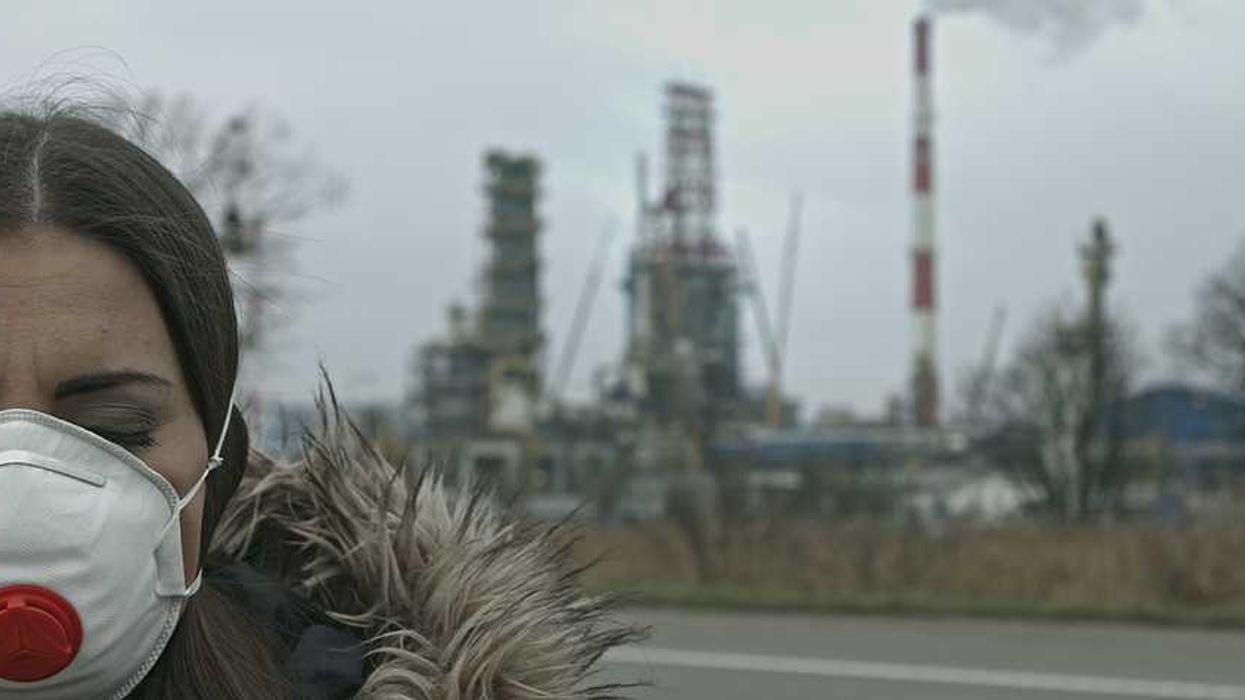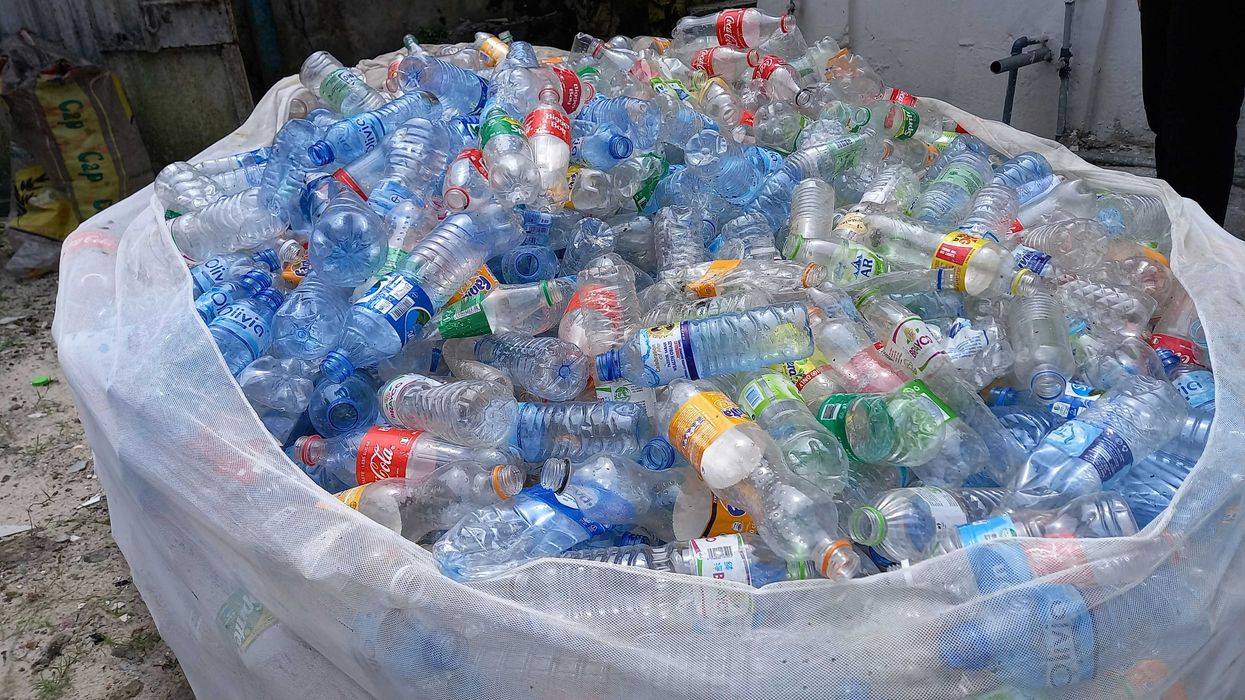Colorado is developing its first state-level air toxic health standards to limit five dangerous chemicals linked to cancer and other health risks, aiming to protect residents in heavily polluted areas.
Jenni Shearston writes for The Conversation.
In short:
- The state has identified benzene, ethylene oxide, formaldehyde, hexavalent chromium compounds, and hydrogen sulfide as priority air toxics.
- New regulations will set health-based limits on these chemicals, focusing on long-term exposure risks in communities near emission sources.
- Colorado is adding six air monitors in high-pollution areas to track toxic air levels and inform future policy decisions.
Key quote:
"One of my patients is a 16-year-old boy who tried to get a summer job working outside, but had to quit because air pollution made his asthma so bad that he could barely breathe."
— Logan Harper, Denver-area family physician and advocate for Healthy Air and Water Colorado
Why this matters:
Air pollution disproportionately affects low-income communities and communities of color, increasing rates of respiratory illness, cancer, and other chronic diseases. Benzene, a known carcinogen, is widely emitted by oil refineries and vehicle exhaust, while formaldehyde and ethylene oxide also pose significant health risks. Colorado’s move to regulate air toxics follows similar efforts in states like California and Minnesota, aiming to fill gaps in federal oversight. By focusing on long-term exposure, the new standards could help prevent serious health impacts in vulnerable neighborhoods.
Related: Colorado faces intense lobbying over new air quality bills aimed at reducing smog














